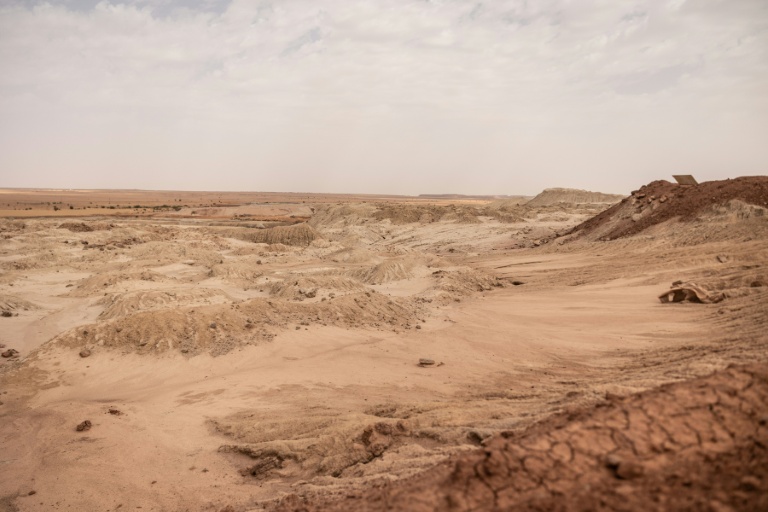Constructing anything from Lego can be a creative — albeit time-consuming and challenging — project.
For this group of young people at a Hamilton rehab hospital, building a robot from the famous interlocking, plastic blocks was also a labour of love that landed them several trophies, made of Lego of course.
The seven-member team from Ron Joyce Children’s Healthcare call themselves the Hammerheads. They were among about 400 students from Grades 7 to 9 who participated in the The First Lego League Provincial Championship on Saturday and Sunday at Durham College in Oshawa.
The Hammerheads are the only participants from a children’s hospital who’ve competed in a Lego robotics competition in North America.
“They did exceptional; everyone’s extremely proud of them right now,” said Mike Berube, a volunteer robotics coach at Ron Joyce.
“Because of the reasons why they’re at the children’s hospital, they learn perseverance, they learn trial and error, they learn how to engineer their environments,” he said.
“They understand that if we just try a little bit harder, push a little bit harder, we can succeed. And that’s what really stands out for these kids at these competitions.”
For team member Oliver Knight, the trial and error is one of his favourite parts of being in the group.
“When I come to [practices], I have a sense of community and my friends are here. So it’s like we’re screwing up, we’re messing up together, we’re laughing and enjoying everything,” he told CBC Radio’s Fresh Air show before their Sunday competition.
Doing the hard work, 1 block at a time
The participating groups were tasked with creating a Lego robot that could “attempt to solve real-world problems,” according to the event’s website.
Mattis Santos, one of the Hammerheads’ youth mentors, said there’s a “map and there are Lego structures, and your robot has to interact with them in certain ways to get points.”
“Maybe you flick a lever or maybe there’s something on the structure that you have to [move], and that process is called a mission,” he said.
The robots have 2 minutes and 30 seconds to complete “as many missions as possible,” said Santos.
Fresh Air15:39We meet a remarkable robotics team
Today, students from all over the province will be competing in the First Lego League Provincial Championships. We speak to a team of kids in Grade 7 and 8 from a Hamilton rehab hospital to find out what makes this unique team so successful.
Berube said it took him, the Hammerheads and another coach four to five months of working around five hours every week to complete the robot, so winning has been “amazing for them.”
“The fact that they put so much time and effort into it and they get this amazing reward at the end of the season validates everything for them.”
The competition has three main categories — robot performance, robot design, and innovation projects — as well as other minor categories.
The Hammerheads finished second for robot performance and another category — engineering excellence, which rewards their robot performance score.

But they came in first in the allegiance challenge – where they they paired with another team to try to get the most amount of points — and Berube received the award for coach of the year.
He credited the “amazing team,” which made his job “a lot easier,” for the honour.
Berube said a big part of the work is getting the children to “calm down” and “enjoy the moment.”
Lego ‘great’ for fine motor skills
Berube, who has a daughter at Ron Joyce, has been a volunteer with the team for seven years.
“It was actually the kids that just kept on pushing us that they really want to do competitions, and that’s how we ended up here,” he said about the event in Oshawa.
But the original idea came from Lindsay Bray, a clinical leader for Hamilton Health Sciences’ developmental pediatrics and rehabilitation program who wanted to introduce the competition.
“We’re always trying to work with kids and we’re always asking kids to do things that are hard,” she said.
“So we’re always looking for those things that are going to be motivating, and meaningful and fun, those types of activities.”
Bray said Lego is “great for working on fine motor skills and hand strengthening,” so after learning about the competition, she felt it’d be a “great idea.”
Berube said the next steps for the Hammerheads include figuring out how to get to the next level of robotics, the First Tech Challenge and keeping children interested in science, technology, engineering and mathematics (STEM).
“[We’re] trying to facilitate how do you keep them going all through high school doing these robotics groups? That way they have potential careers in STEM,” he said.







